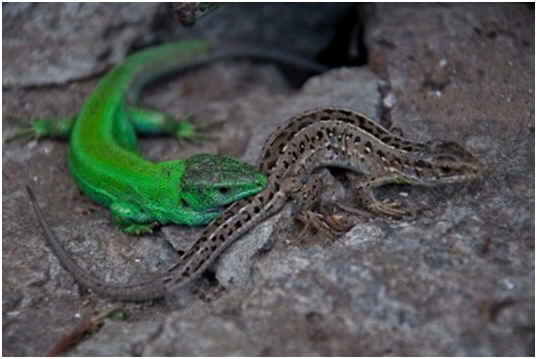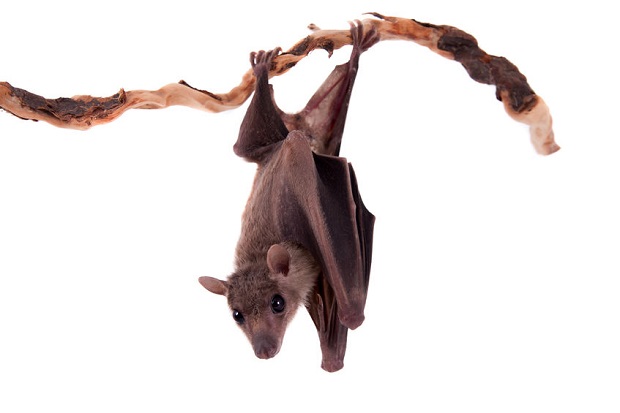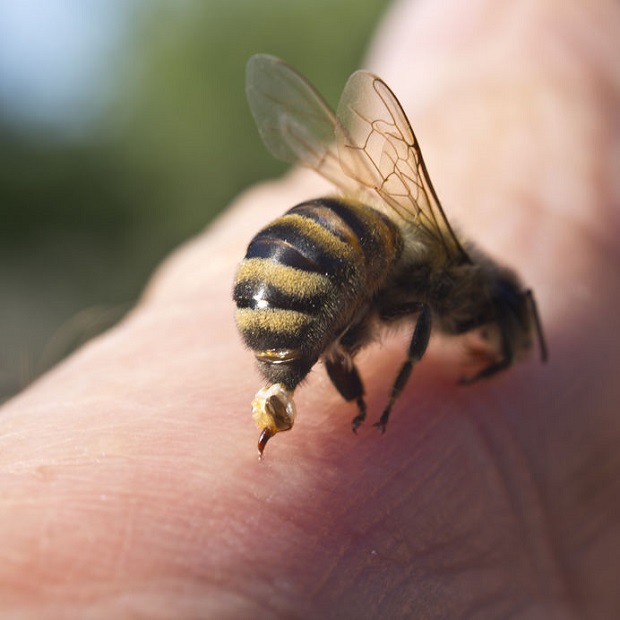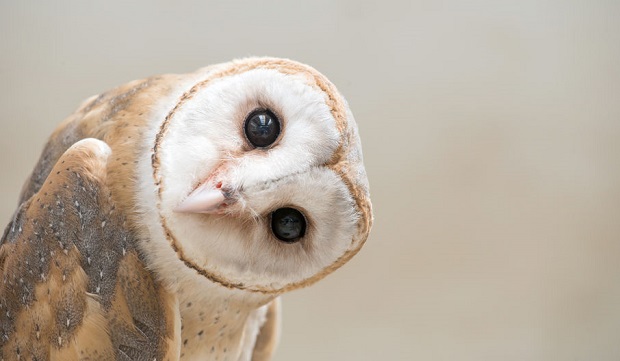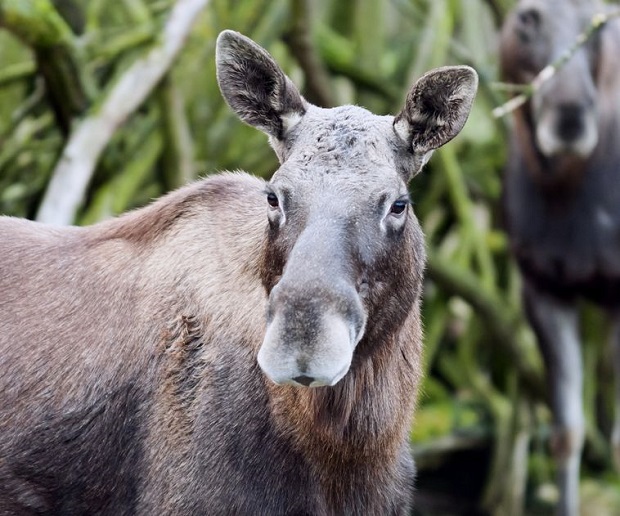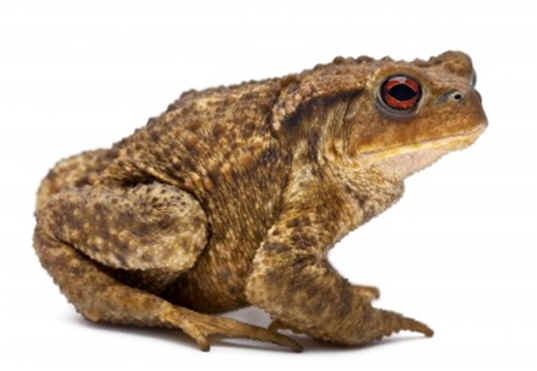
Are Toads Amphibians?
Toads are amphibians. Amphibians are tetrapod vertebrates, adapted to both terrestrial and freshwater aquatic environments, with the ability to use their skin for respiration. They can discriminate hues in vision, have pedicellate teeth, and have a double-channeled hearing system. Most amphibians go through a metamorphosis. Toads possess all of these physical characteristics.
Are Toads Frogs?
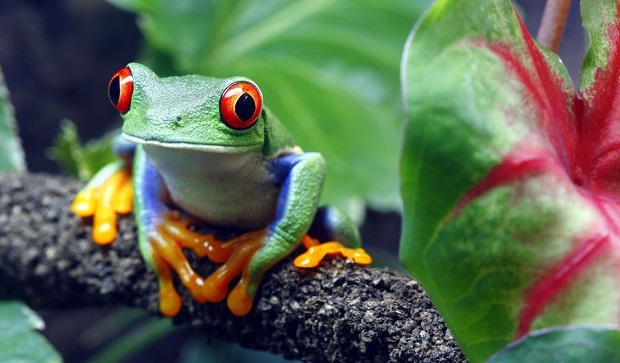
Technically, toads are a type of frog. Both toads and frogs belong to the taxonomic amphibian order Anura, which contains 7,206 species. When most people think of toads, they generally think of those with bumpy, leathery skin, often said to resemble warts. These toads belong to the family Bufonidae, commonly called “true toads.” The Bufonidae family consists of 625 species.
Amphibian Physical Traits
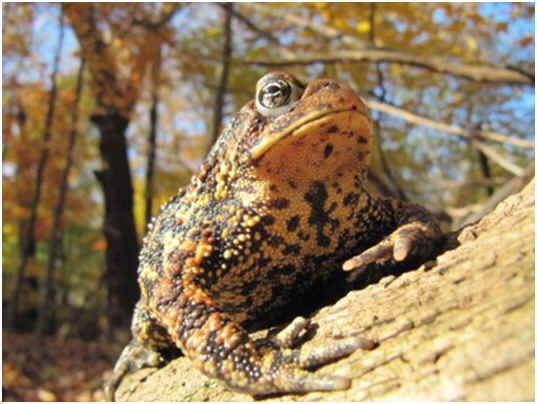
The general biological traits of amphibians, such as toads and frogs, include being tetrapod vertebrates, adapted to both terrestrial and freshwater aquatic environments, with the ability to use their skin for respiration. This ability to use their skin for respiration in conjunction with, or instead of, gills or lungs is considered a biological adaptation unique to amphibians.
Toads are also cold-blooded amphibians, which means they cannot produce their own internal body heat and must instead rely on the conditions of their external environment for warmth.
Furthermore, many toads possess specialized poison glands behind their eyes called parotoid glands, which secrete a toxic or foul-tasting substance to deter predators. In some species, the fluid is more toxic than in other species, but even in its mildest form, it causes a burning sensation in the eyes and mouth.
The Amphibian Life Cycle
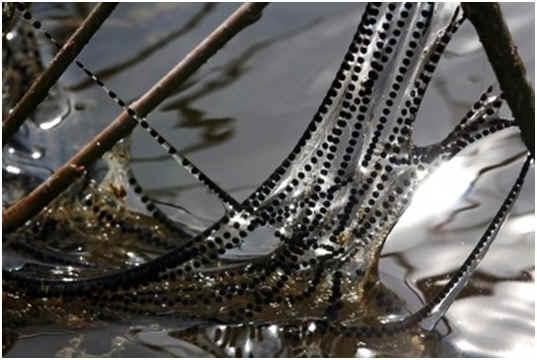
As amphibians, toads and frogs undergo a special life cycle involving distinct life phases spent in freshwater aquatic, and terrestrial habitats. Most toads begin their amphibious lives as tiny eggs deposited by a female toad in a body of fresh water, where they eventually grow and develop into larvae, commonly known as tadpoles.
These immature tadpoles live in the water, feeding on microorganisms, moving about with a small tail, and using gills to breathe. At this aquatic stage in their amphibian life cycle, the toad tadpoles are more similar to immature fish in most biological respects, including anatomy, physiology, and behavior.
As the toad tadpoles continue to develop, they become less like fish and more like land-based creatures, such as reptiles. These changes include losing their tadpole tails, developing primitive lungs, an enlargement of their overall bodies, and development of a more advanced circulatory system suitable for terrestrial environments.
This profound metamorphosis in toads and frogs from aquatic an organism to terrestrial organisms is typically considered one of the primary characteristics of amphibians, which sets them apart from other similar creatures.
Resources
American Museum of Natural History.
“Amphibian Species of the World 5.6 – Bufonidae”
http://research.amnh.org/vz/herpetology/amphibia/?action=names&taxon=&family=Bufonidae&subfa\mily=&genus=&commname=&authority=&year=&geo=0&dist=&comment=
Britannica.com
“Anura – Amphibian Order”
https://www.britannica.com/animal/Anura#ref467337
Savannah River Ecology Laboratory
“Traits of Reptiles and Amphibians”
http://archive-srel.uga.edu/outreach/factsheet/traits.html
Exploratorium
“The Amazing Adaptable Frog”
https://www.exploratorium.edu/frogs/mainstory/frogstory4.html#:~:text=Toads%20make%20use%20of%20poison,fluid%20oozes%20from%20the%20glands.
University of California – Berkley
“Amphibia: Life History and Ecology”
https://ucmp.berkeley.edu/vertebrates/tetrapods/amphiblh.html
